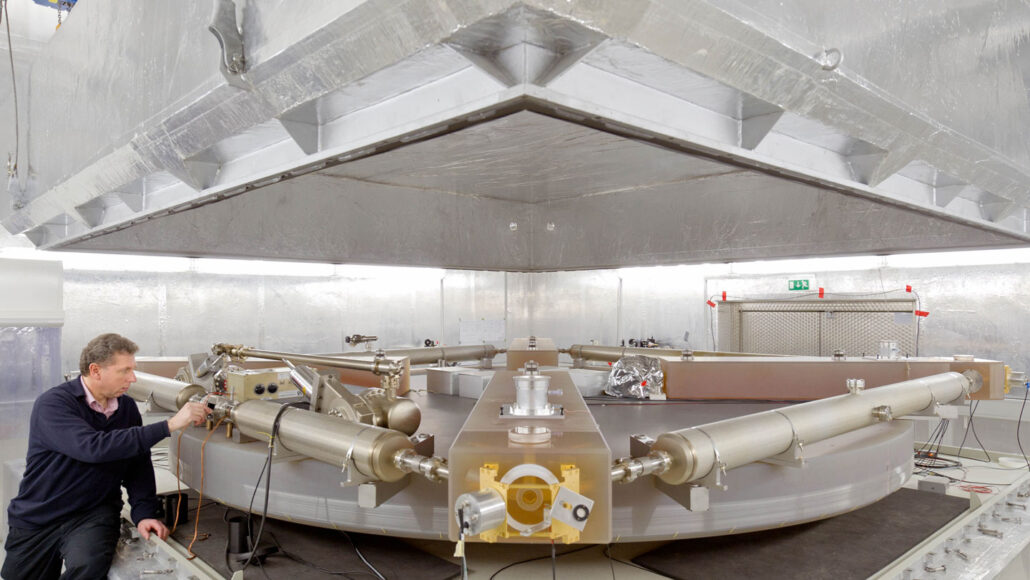
Physics
A new tool shows tiny changes in the ’24-hour’ length of a day
An underground instrument known as ‘G’ uses laser beams to measure Earth’s rotation — a gauge of day length — with extreme precision.
Come explore with us!

An underground instrument known as ‘G’ uses laser beams to measure Earth’s rotation — a gauge of day length — with extreme precision.
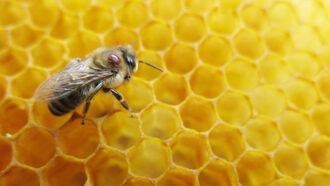
At Regeneron ISEF, three teens debuted an infrared system to detect honeybees carrying mites. It can show beekeepers when a colony needs to be treated.
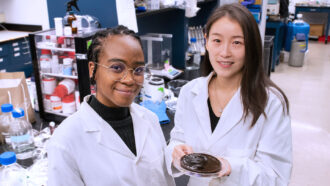
The unusual, fruit-inspired structure of this material provides quick filtration that could satisfy people's daily water needs.

Unlike cats, whose ancestors hunted alone, dogs evolved from a species that hunted in packs. Being social might explain why pups copy humans.
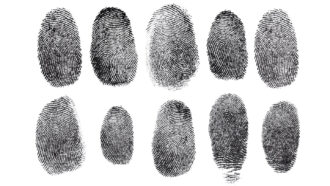
Let’s investigate whether fingerprint patterns are created randomly or whether they are influenced by genetics.

By searching ancient texts and ruins, scientists found a concrete recipe that could make buildings stronger — and help address climate change.
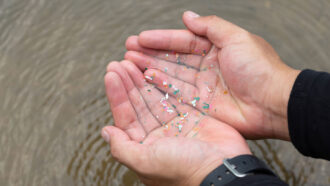
This interplay between plastics and metals could affect how each affects the environment — and suggests opportunities for controlling their risks.

In a mountaintop experiment, a laser beamed at the sky created a virtual lightning rod that snagged several bolts.

Baymax may be science fiction, but soft robotics is not. Experts break down Baymax’s parts and show what’s coming in the future.
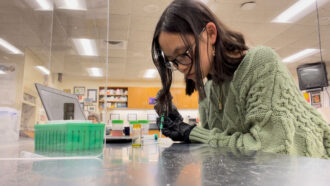
Three finalists in the 2023 Regeneron Science Talent Search aim to improve suicide risk assessment, treatment of sickle cell disease and more.